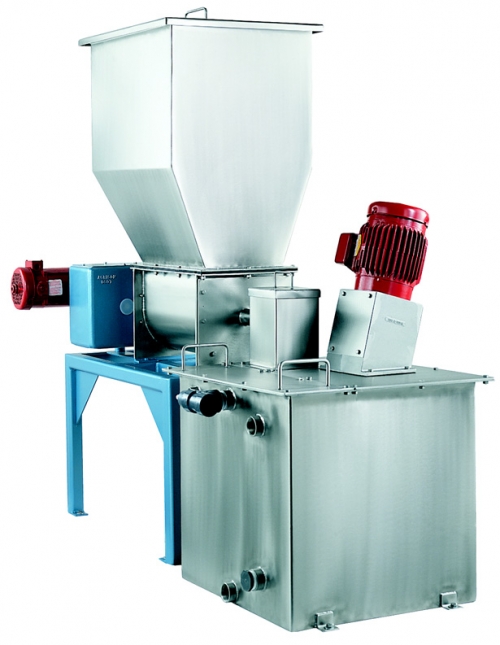Acrison
Representing Alabama and the Panhandle of Florida
Acrison has been serving the municipal water and wastewater treatment industries, as well as the industrial wastewater treatment industry, for over 50 years, using the same core equipment philosophy of maximum performance, minimal maintenance, and longest possible lifespan.
Acrison feeders accurately and reliably feed chemicals common to this industry, such as hydrated lime, powdered activated carbon, soda ash, potassium permanganate, sodium fluoride, and sodium silico-fluoride, as well many other dry chemicals used in various treatment processes.
Utilizing either the Model W105 Series of feeder with its unique dual concentric auger, dissimilar speed metering mechanism, or the Model BDF-1.5 feeder with its novel triple auger metering/conditioning mechanism, Acrison can meet the full range of applications, from simple feeder/dissolver packages, to integrated bulk silo storage and feed systems.
Additional components required for a complete system are also designed and manufactured by Acrison, backed by decades of experience. Dust collectors with bag dump stations and bulk bag unloaders can be provided for safe unloading of the chemicals into the feeder. Dissolving tanks and wetting cones of various sizes are available to effectively dissolve the chemicals in water.
Building on the company’s chemical feed expertise, and innovative design concepts, Acrison has also become a leader in dry and liquid polymer blending technology. The Models 500 and 515 Dry Polymer Processing Systems employ a cyclone wetting chamber to impart the energy required to properly create a dilute solution from dry polymer. The Models 580 and 530 Liquid Polymer Blending Systems use a precision-engineered, and patented “Dispersion-Injector” to instantaneously blend liquid polymer with water. Available in a number of different sizes, and a variety of options, Acrison’s polymer systems are able to produce a highly efficient polymer solution for use in a wide range of dewatering and clarification processes.

